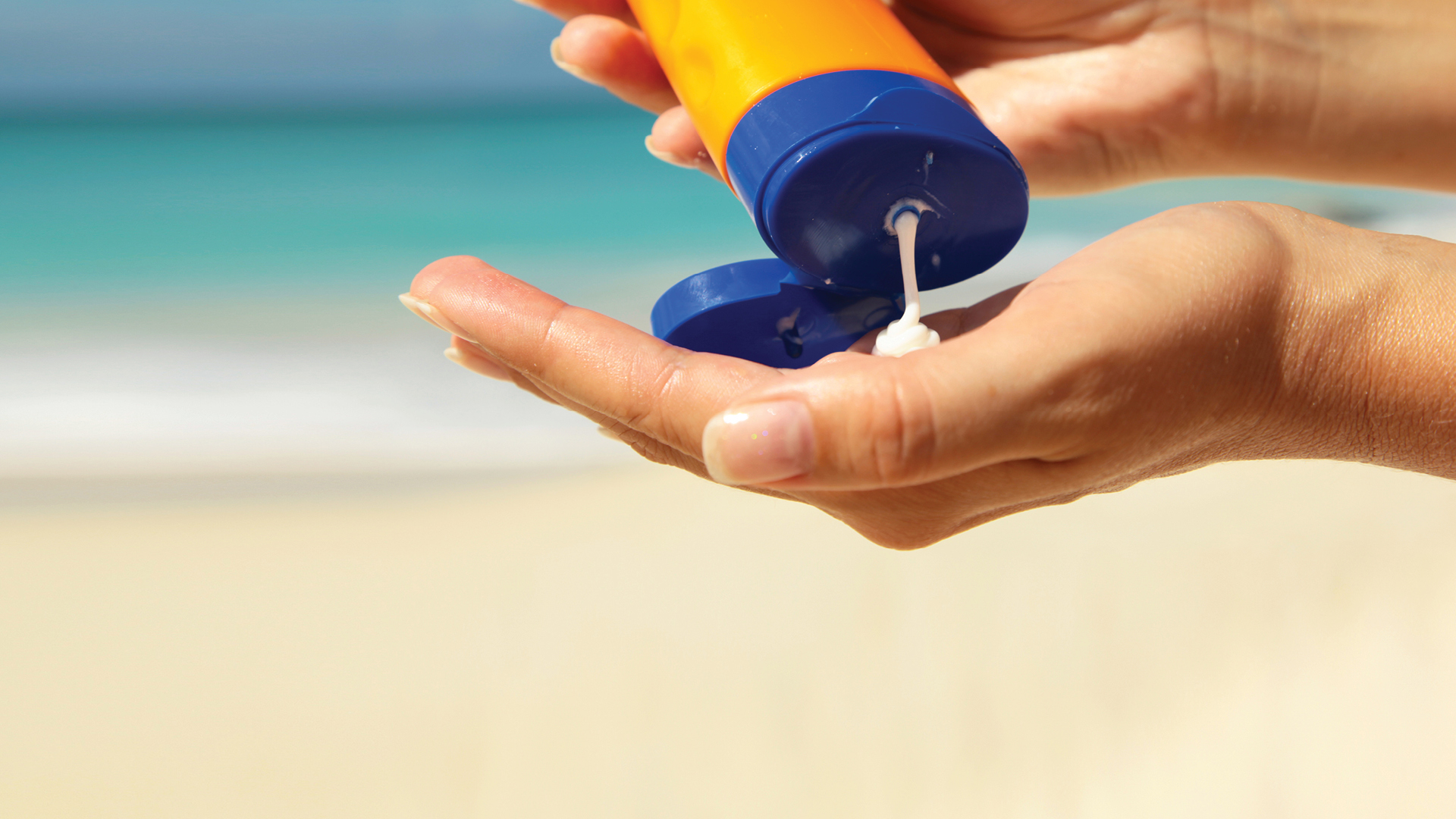Be sun smart this summer!
Be sun smart this summer!
During summer, there is nothing more Aussie than going down to the beach for a swim, firing up the BBQ and playing some backyard rules cricket; however, our strong summer culture of exposing ourselves to the sun has left Australia with one of the highest skin cancer rates in the world, with about 2 out of 3 Australians developing skin cancer before the age of 70. Skin cancer develops largely as a result of the Ultra Violet (UV) radiation from the sun. The UV rays damage the DNA inside the skin cells and causes changes in how they work, which can then lead to cancer. The various skin protection measures seek to block the UV rays from damaging your DNA, ultimately keeping your skin cells healthy and reducing the chance of cancer developing.

SunSmart is the cancer council’s community health program that aims to reduce the incidence of skin cancers and improve the knowledge of how to protect yourself and your family from the sun. Slip, Slop, Slap, Seek and Slide is the jingle which promotes the use of long sleeve clothing, sunscreen, hats, remaining in shaded areas, and wearing sunglasses. In 2016-17, the reported use of a combination of two or more sun protection behaviours on summer weekends was just 33% in adolescents, while adults did a little better with 47%.
Sunscreen when combined with a broad brimmed hat is one of the most effective combinations when seeking sun protection. Sunscreen comes in a number of varieties with different Sun Protection Factor (SPF) ratings and different chemicals. Put simply, sunscreen uses either an organic or mineral based filter ingredient that absorbs the UV radiation from the sunlight, preventing damage to the skin cell’s DNA.
When protecting yourself and others from the sun, it is important to remember some simple but key points: Use a minimum of SPF30 rated sunscreen, and as no sunscreen is 100% effective it is best to use a combination of strategies to maximise the protection. Sunscreen is also best applied 20 minutes before you go outside, and needs to be reapplied every 2 hours regardless of what the label tells you. Be generous when applying sunscreen, with the average person needing around 35 ml (7 teaspoons) to adequately cover their full body.
By protecting yourself and your family from the sun using the five SunSmart measures, you are effectively reducing the cancer risk due to UV radiation. In addition to reducing the risk of melanoma, sun protection prevents photo-ageing (skin ageing because of excessive sunlight), other skin conditions such as solar keratosis and saves you the stinging pain of a nasty sunburn.
If you do still get burnt even after taking these measures, it is important to treat the symptoms of the sunburn which will help prevent it from worsening and aid in the healing process. Hydrating gels such as SoloSite or after sun creams and lotions often containing vitamin E and aloe vera are the preferred treatment options. Also it is recommended to increase your consumption of water to offset the dehydrating effect of the burn, as well as having cool to lukewarm showers. If you don’t have these available immediately, an interim solution is to apply sunscreen over the burn which will prevent further burning and will also help start putting moisture back into the skin.
This summer, remember be sun smart!
This article was last updated 2020